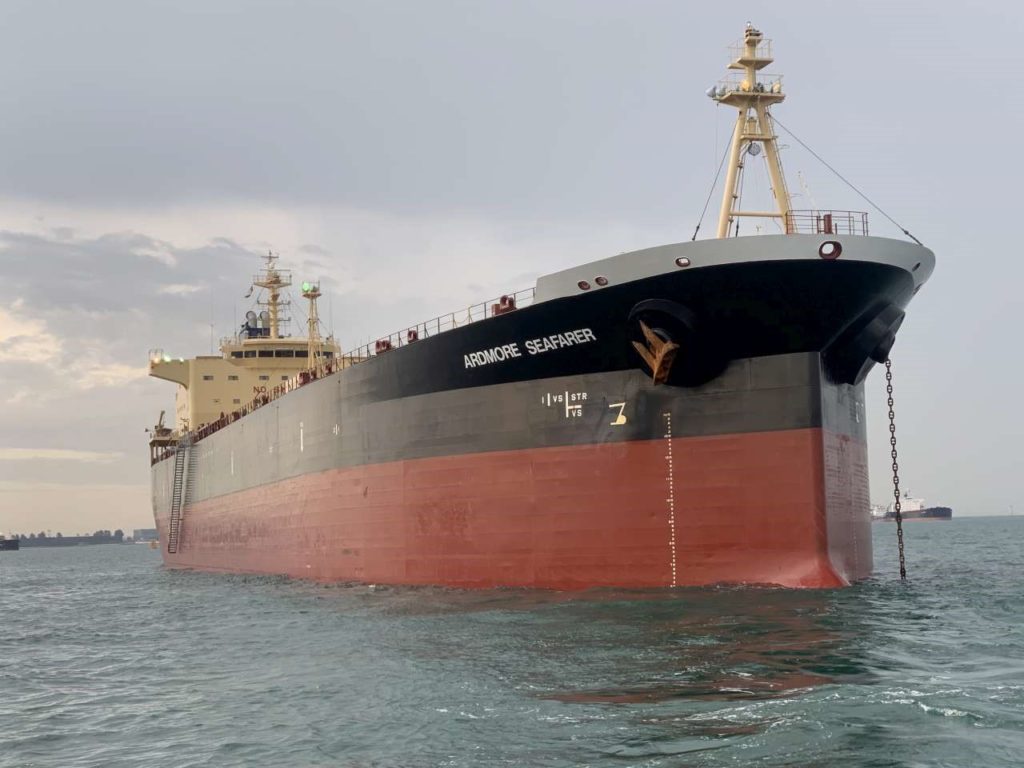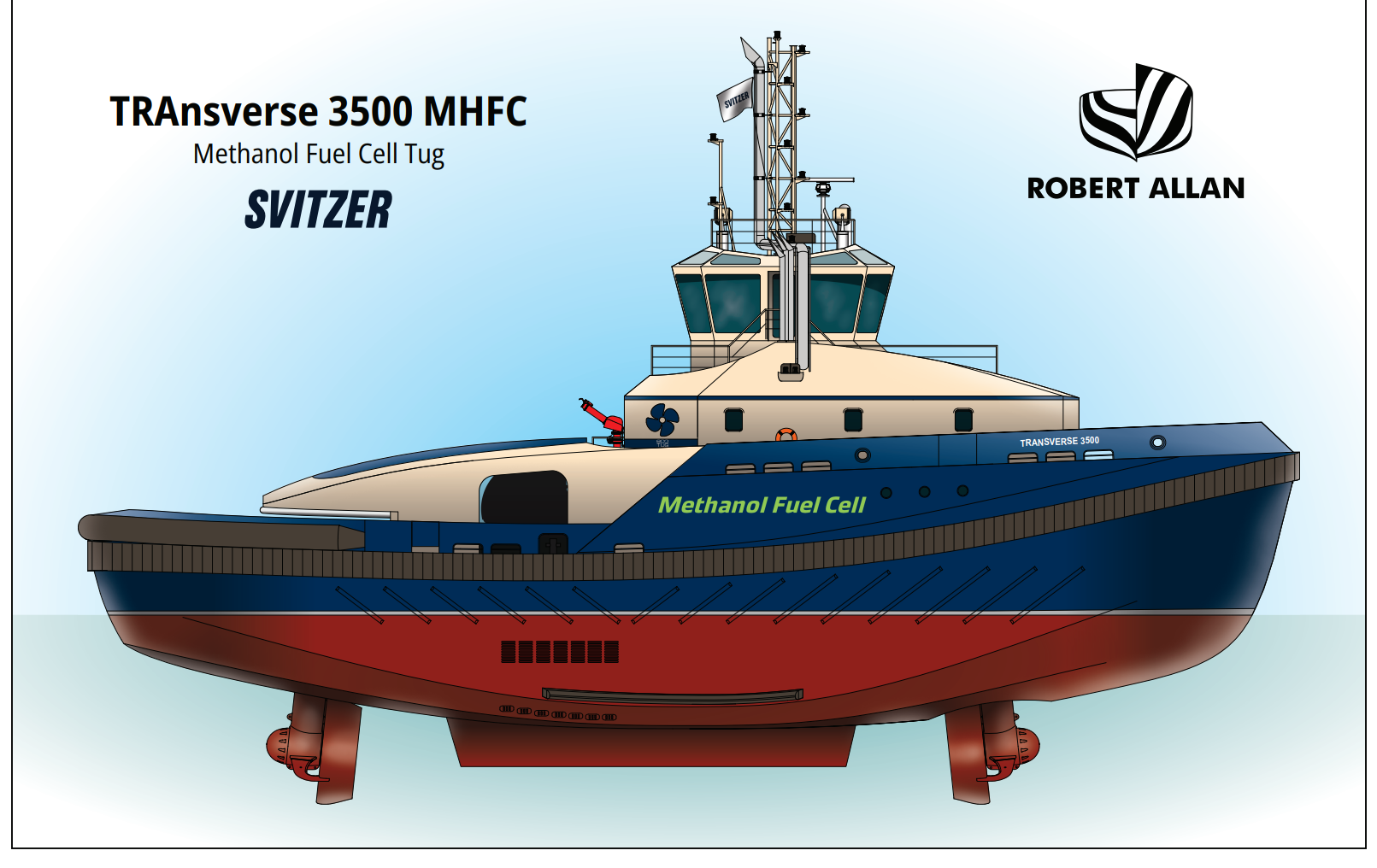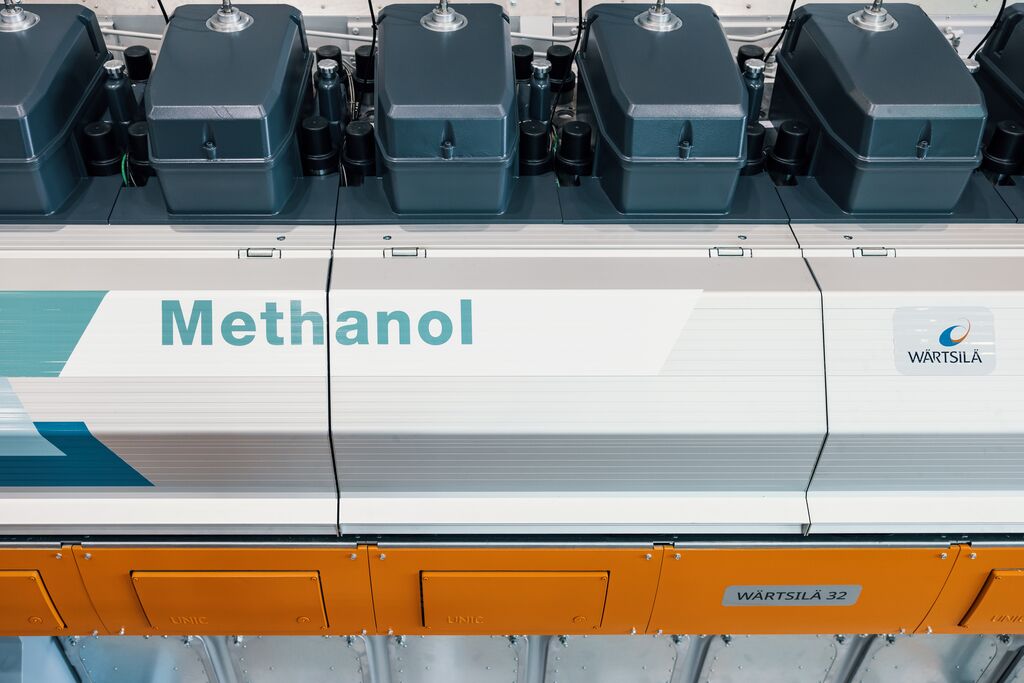Not many shipowners take an active role in developing the technologies that they eventually need, relying on (cleantech) firms to do the R&D. Things maybe changing as more owners invest in tech solutions they think the industry will soon need.
There are not many shipowners that take such a vested interest in the technology they put on their vessels they buy the company or a stake in it, but it is not unheard of. With international shipping, owners and operators will look foe technology companies to provide the solutions to ensure they have their ticket to trade, the equipment that helps them remain compliant with the regulations, whether safety or environmental.
But while it is irregular, it happens quite frequently that a shipowner group has a technology division that has a technology focus and then with the help of a pure play technology firm may spin off a new business. Sweden’s Wallenius Marine did it with ballast water, AP Moller Maersk did it a lifeboat release system, Finnish shipping Group Langh has a company with an exhaust cleaning system.
This is not the same as being a member of a consortium, often offering a vessel to be a test bed for innovation, this is about invested commitment with an eye to a commercial gain.
Building a sustainability strategy
One of the latest is Irish Shipowner Ardmore Shipping based in Cork in the south of the country. Ardmore owns and operates a fleet of tankers and according to Chief Operating Officer Mark Cameron it needed to work out its future decarbonisation strategy.
“At the end of last year we needed our own energy transition plan,” he said, talking on the Aronnax Podcast. “We understand what’s going on around us, we have been involved in various forums to understand and shape legislation. But realy what we wanted was “what is our part in that? What’s Ardmore doing for ourselves? And we came up with an energy transition plan and E1 Marine is born out of that transition plan, which is a conscious internal focus on saying what we are going to do, and how we are going to do it.”

A ship operator, running a fleet of product and chemical tankers may not be the first on people’s minds as leading the decarbonisation debate, but nonetheless the company has teamed up with two other companies, both based in the USA to develop and sell a technology that will convert methanol to hydrogen to let it be used in fuel cells.
And the main use for these fuel cells is to replace auxiliary engines and generators on ships. “These produce up to 25% of our CO2 emissions,” said Cameron talking on the Aronnax Show Podcast. “this is low hanging fruit.”
The company they formed is E1 Marine and the other two companies that have put up cash for the business are Element 1 Corporation, a US company focused on hydrogen based solution (hence tits name) , and Maritime Partners LLC, a US-based financial player in the shipping industry with a focus on Jones Act tonnage.
E1 Marine is set to develop a marinized version of a hydrogen reformer that can take methanol and convert it to hydrogen and feed it into Proton Membrane Exchange fuel cells that will be used to replace a vessels generators or auxiliary engines or, for inland shipping replace a vessels main power unit.
The reforming process
The process of reforming methanol to hydrogen involves mixing the liquid methanol with (pure) water and passing it over a catalyst in the reformer. Splitting one methanol molecule and one water molecule produces three hydrogen molecules and one CO2 molecule.
The positive of this is that a vessel opting for this system to power a fuel cell requires a tank for methanol, which is a liquid at room temperature rather, than a hydrogen tank which is more expensive due to the gas needing to be cryogenically liquified of compressed for storage. The methanol reformer can be linked to the fuel cell directly supplying hydrogen almost on demand, though there will be a small hydrogen buffer tank installed.
The down side is that molecule of CO2 that is produced for each hydrogen molecule, something has to be done with it and for this CO2 capture and storage may be an option.
For this the company is looking at feeding some of the CO2 back into the reformer, but also the possibility of an onboard carbon capture and storage solution.
Likely demand
Cameron said that while vessels already burning methanol in a main engine the interest in the US market is in part due to rumblings about significant regulatory changes, and of course in Europe the European Union is pushing a strong decarbonisation angle that will take inland and coastal shipping with it.
But in addition, he said, there will likely be a few ships that will get caught by the developments of the short term CO2 reduction measure being pushed by the IMO, and could find it relatively affordable to switch an auxiliary power unit for a fuel cell.
But why use a fuel, methanol, which is already being used as a marine fuel, and convert it to hydrogen, another fuel with is being developed alongside ammonia as a potential marine fuel.
The answers can be found on the Aronnax Podcast

































